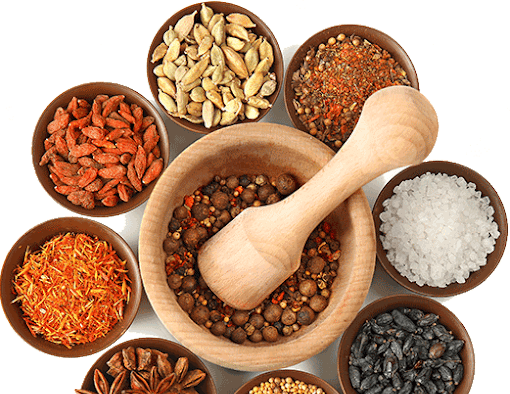Cinnamon got its name originally from the Greek word kinnámōmon, with the he botanical name for the spice being Zeylanicum.
But no matter where its name was derived from, everybody now refers to it as Ceylon Cinnamon.
90% of world cinnamon production originates from Sri Lanka, with Cassia (Cinnamomum Aromaticum) harvested in much larger quantities from Indonesia, Vietnam and China.
Ceylon cinnamon is a finer, more delicate product, which uses the inner bark and is manually layered to produce a quill similar to that of a Havana cigar. The handcrafted process is time consuming and very traditional using methods and tools unchanged for hundreds of years to date.
Ceylon cinnamon is less dense and will crumble under harsh handling. The aroma is sweeter, smoother and less harsh than its counterpart, cassia.
Cassia is a single layer of clean bark, about ten times thicker than Ceylon Cinnamon and a quill when held is very stiff (like holding a pencil) and difficult to grind on commercial grinders. The flavor is stronger and more harsh than cinnamon due to a higher content of volatiles.
Both products have their respective markets, and although similar in taste profiles, they are different in so many other ways. One of the most important differences is the chemical composition and high content of coumarin in cassia.
However, Ceylon Cinnamon, while commanding higher regard than Cassia is used sparingly, if not at all, in certain parts of the world due to the following reasons:
- Restricted availability of product since 90% is only grown in Sri Lanka
- Cost of manufacturing is higher due to the delicate handling required. Cassia is a fraction of the price and is imported into the market in place of cinnamon. Most suppliers do not give customers the option of choosing between the two most popular types of cinnamon.
- Ceylon Cinnamon is not easily found in most markets, mainly due to the cost difference in comparison to cassia



